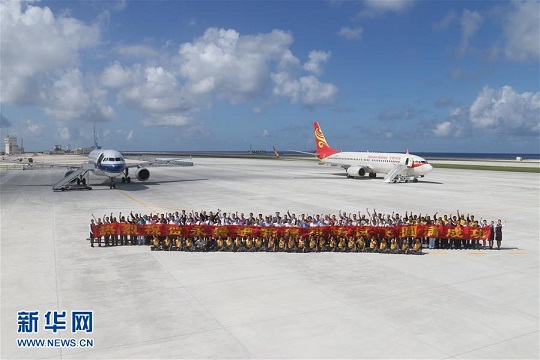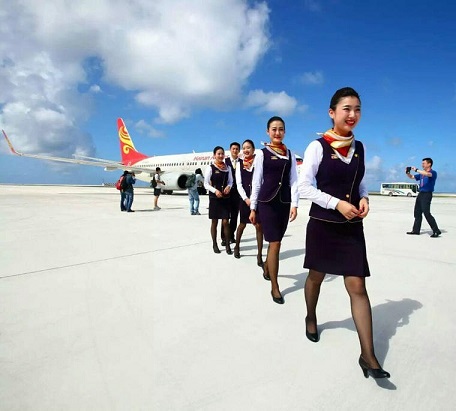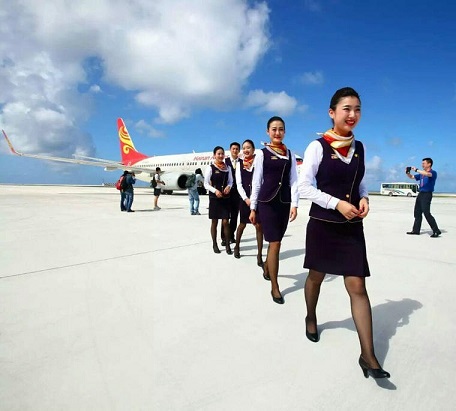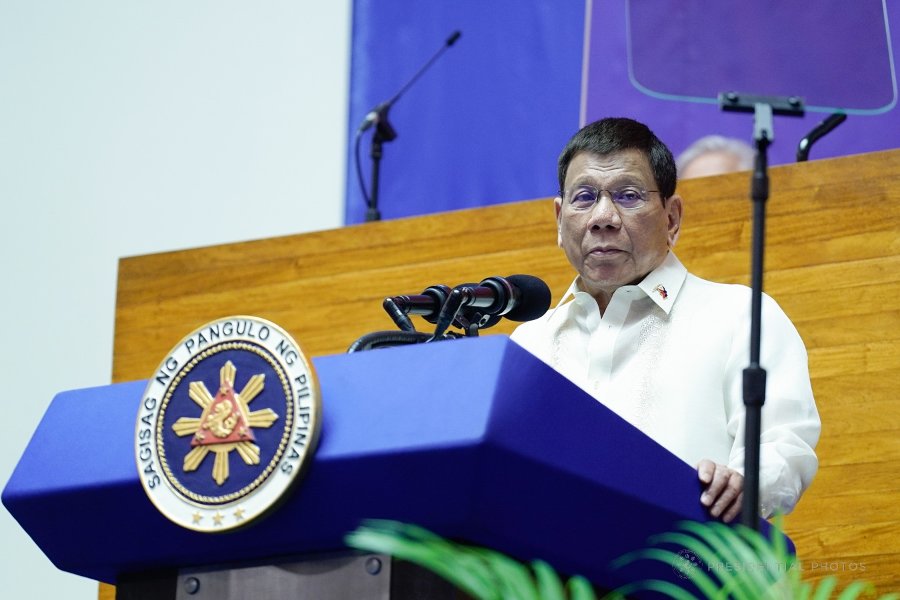
By ELLEN T. TORDESILLAS
THE reply of China’s Foreign Ministry Spokesperson Hua Chunying to the question whether China plans to declare an air defense identification zone over parts of the South China Sea, after commercial aircrafts conducted two test flights in Fiery Cross Reef, was most unsettling.
She didn’t confirm nor did she deny the plan.
She said: “As for whether or not China will set up an air defense identification zone (ADIZ), the decision will be made based on a full assessment of the security situation and our needs. We believe that the overall situation in the South China Sea is stable.”
What then if the situation in the South China Sea, whole or parts of it are being claimed by China, Philippines, Vietnam, Malaysia, Brunei and Taiwan, becomes unstable?
Vietnam immediately protested the landing of commercial aircraft in Fiery Cross last Jan. 2 Foreign Secretary Albert del Rosario said the Philippines will also protest.
Hua reiterated her country’s claim of “indisputable sovereignty over the Nansha Islands and their adjacent waters.”
She said they have finished building a new airport and the test flights with a civil aircraft is “in order to test whether or not the facilities on it meet the standards for civil aviation.”
The United States Defense Department issued a statement expressing concern that “these test flights have exacerbated tensions and are inconsistent with the region’s commitments to exercise restraint from actions that could complicate or escalate disputes.”
Del Rosario and Defense Secretary Voltaire Gazmin are in the United States for talks with their counterparts. Both said that the situation in the Spratlys would be discussed.
Hua dismissed concerns of non-claimant countries with a veiled warning: “We hope that relevant countries would not flex military muscles by sending aircraft and vessels. Instead, they should take concrete actions to uphold peace and stability of the South China Sea together with China.”
In recent months, Fiery Cross Reef, which is the biggest of the eight features occupied by China in the South China Sea, has expanded to 230 hectares of land from a merely a submerged bank with a protruding rock no higher than one meter at high tide.
It hosts a United Nations Marine Observation station since the late 1980s.
Military experts who have analysed the constructions in the man-made island including a 3,125 meter -long runway said operating from Fiery Cross, Chinese aircraft can cover the entire SCS, including key choke-points.
China would gain strongholds for Anti-Access/Area-Denial in the central portions of the SCS and it can very well declare an SCS ADIZ, they warned.
On the other hand, there are also military observers who don’t believe the Fiery Cross facilities are enough indications that China would impose ADIZ in the South China Sea just like what it did against Japan over Diaoyutai o Senkaku. The SCS case is much more complicated with four other countries and Taiwan involved, they said.
It would not look good if China imposed ADIZ over SCS and would not be able to carry it out in the long term, they further said.

An ADIZ is airspace over land or water in which the government that declares, to protect its national security, requires that all aircraft that pass through that space give its identity and location.
ADIZ is not defined in any international treaty nor regulated by any international body.
The first ADIZ was established by the United States on December 27, 1950, shortly after President Truman had proclaimed a national emergency during the Korean War. It now has become an important security tool to monitor and control foreign aircraft venturing into one’s national airspace.
Military experts have long warned about a possible South China Sea ADIZ when China turned the rocks and reefs they were occupying in the disputed waters of Spratlys into artificial islands.
About 255 nautical miles from Palawan, Fiery Cross is outside the Philippine 200 NM Economic Exclusive Zone but within its 350 NM extended Continental Shelf . Under the UN Convention on the Law of the Sea, the coastal state exercises sovereign rights with regard to the exploration and exploitation of natural resources including oil and gas deposits as well as other minerals and biological resources of the seabed.
Fiery Cross is one of the SCS features included in the Philippine suit against China and its all-encompassing nine-dash line before the U.N. Arbitral Tribunal in The Hague.





